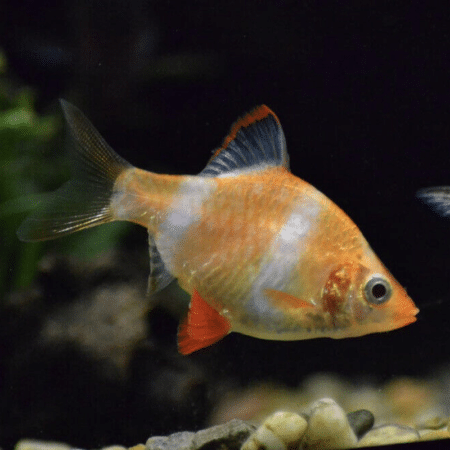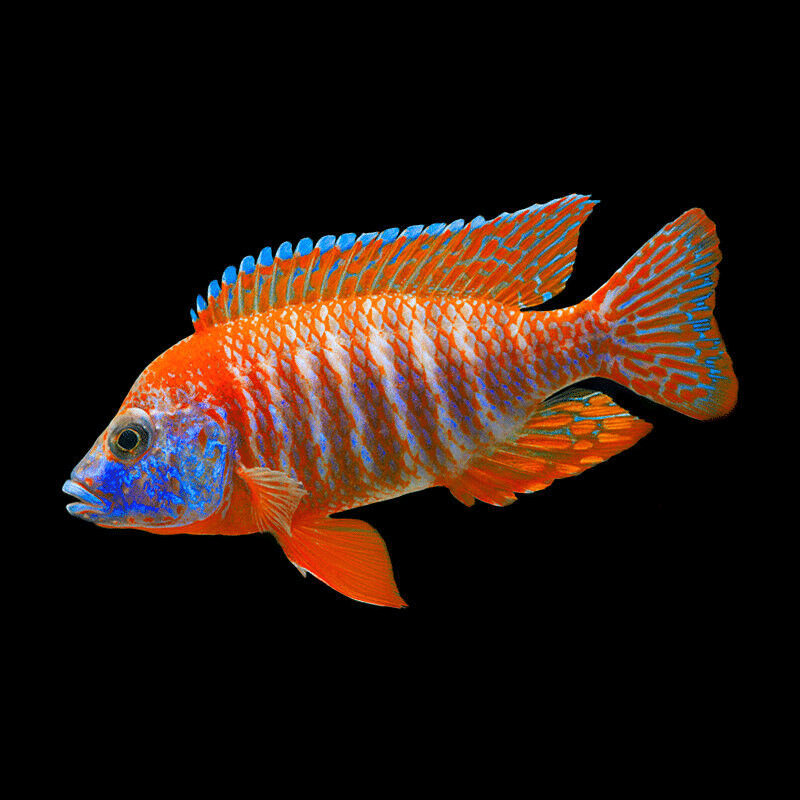To provide the best experiences, we use technologies like cookies to store and/or access device information. Consenting to these technologies will allow us to process data such as browsing behaviour or unique IDs on this site. Not consenting or withdrawing consent, may adversely affect certain features and functions.
The technical storage or access is strictly necessary for the legitimate purpose of enabling the use of a specific service explicitly requested by the subscriber or user, or for the sole purpose of carrying out the transmission of a communication over an electronic communications network.
The technical storage or access is necessary for the legitimate purpose of storing preferences that are not requested by the subscriber or user.
The technical storage or access that is used exclusively for statistical purposes.
The technical storage or access that is used exclusively for anonymous statistical purposes. Without a subpoena, voluntary compliance on the part of your Internet Service Provider, or additional records from a third party, information stored or retrieved for this purpose alone cannot usually be used to identify you.
The technical storage or access is required to create user profiles to send advertising, or to track the user on a website or across several websites for similar marketing purposes.


 Assorted Colour Vampire Crab Geosesarma Sp 2-3Cm
1 × £8.71
Assorted Colour Vampire Crab Geosesarma Sp 2-3Cm
1 × £8.71 













Emily Roberts (verified owner) –
I recently added the Red Peacock Cichlid to my aquarium, and I couldn’t be happier! After just two weeks, this vibrant little guy has become the star of my tank. His electric blue and red hues are absolutely breathtaking, and he brings so much life to the aquarium. I love how active he is; he constantly explores his territory and interacts with the other fish. I’ve always been a fan of Malawi Cichlids, but this one outshines my previous choices.
When I first introduced him, I was a bit worried about compatibility, but he’s been so peaceful and has settled in well. The seller shipped him quickly and he arrived healthy and ready to thrive! My only minor concern was that he was a bit shy at first, but after a few days, he adapted beautifully. I highly recommend this fish for anyone looking to enhance their tropical fish collection and who appreciates stunning colors. Just be sure to have a well-maintained tank, as they thrive in clean environments. Truly, the Red Peacock Cichlid is a joy to keep, and I would definitely purchase again!